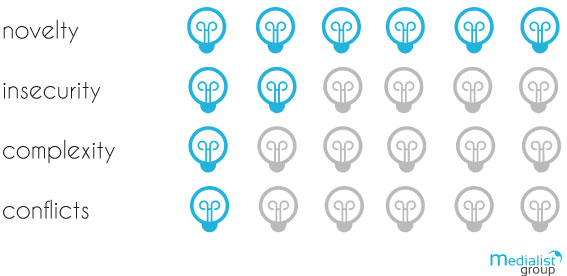Augmented Reality seems to have taken a fancy to Disney. Recently, there has been an increasing number of reports from the Walt Disney Company’s test laboratory. From special headsets to computer human interaction, everything has been included so far.
As early as the middle of the year, Disney demonstrated a breakthrough in computer-human interaction using immersive technologies. In the example of “Magic Bench”, the company’s researchers created a unique mixed reality experience that, quite unusual for such applications, uses mirrors rather than a headset or mobile device.
Magic Bench (Source: Disney Research Hub)
In the demo released in July, the probant sits in front of a large screen and looks at an image of himself as if he were looking into a mirror. Shortly afterwards, an elephant strolls into the frame and sits down next to the humans to offer him a golden ball. The researchers’ goal was to make the interaction of the virtual character with reality appear as natural as possible.
“Our mantra for this project was: hear a character coming, see them enter the space, and feel them them sit next to you” – Moshe Mahler, Principal Digital Artist at Disney
Now the researchers at Disney have gone one step further. In a demo video and a study they explained how they managed to make virtual elements react directly to a real resistance.
Interacting Intelligent Characters AR (Source: Disney Research Hub)
Disney’s vision is that virtual characters are able to understand the real world and interact with it intelligently and realistically. Shown in the video, for example, the test character runs over uneven surfaces and reacts accordingly. In the future, AR characters should also avoid real objects or react to touch. The special thing about it is that the animated characters’ movements adapt to the environment and react to disturbances in their surroundings.
Innovation-Profile „Interacting Intelligent Characters AR“
Disney’s research has had a massive impact on the future of Augmented Reality. By improving realism during an AR experience, content can become even more attractive to users. Previous solutions, whether from Snapchat or Apple’s ARKit, are not yet able to fully capture and respond to the context of the user’s environment. The Artificial Intelligence supported solution of the Disney research laboratory makes this possible.

Augmented Reality is nothing new for many people. Be it thanks to Pokemon Go or Snapchat, many users in the general public have already dealt with AR applications. But the full potential has not reached the fewest. For this reason the novelty of the AI based Disney solution is very high, as they have achieved something that was not yet known in this accuracy.
In the areas complexity, as well as insecurity, low values have to be included in the innovation profile, as the technology is easy to use and interact with. In this statement, the end user’s application is only dealt with, since the complexity on the technical side would have to be extremely high.
However, I think it is to be ruled out that conflicts will occur during the introduction of augmented reality expansion.
Researchers at Disney have added the haptic factor to Augmented Reality. This development can now lead to completely new applications and interaction models that were previously unthinkable. The intelligent Augmented Reality characters are a milestone on the long road to technology breakthrough.
Post picture: Disney Research Hub

